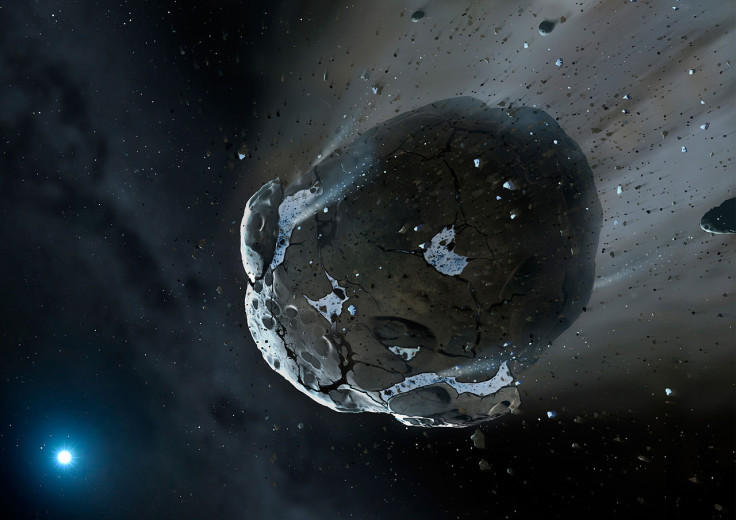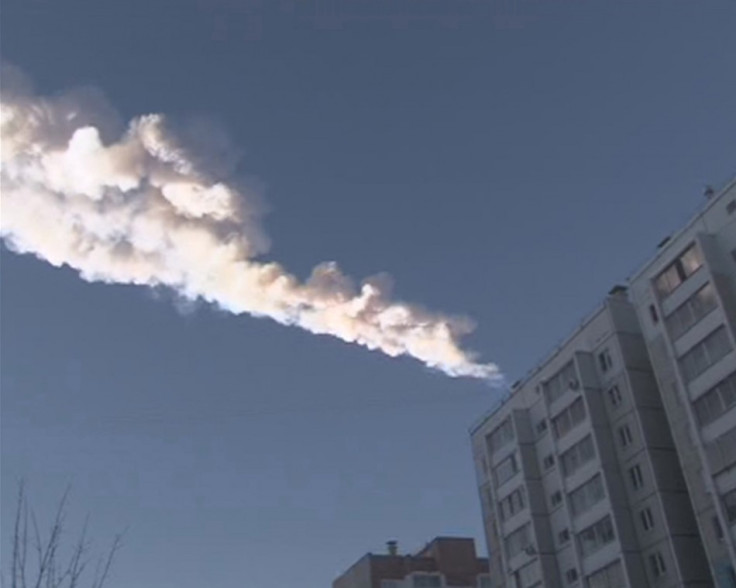Asteroid 'size of the Albert Hall' could hit earth in 2017 - astronomer

Astronomers at the University of Texas have warned there is a slim chance that an asteroid the size of the Albert Hall could smash into the earth on 12 October 2017, with potentially devastating consequences.
Asteroid 2012 TC4 is thought to be between 20 metres and 40 metres long, large enough to cause huge damage if it hit a city or landed in water. The odds of the space rock colliding with earth are slim but its trajectory is so close it is being studied very carefully.
Judit Györgyey-Ries, astronomer at the University of Texas' McDonald Observatory, told astrowatch.net: "It has a 0.00055% cumulative chance that it will hit. The fact that the MOID [minimum orbit intersection distance] is only 0.079 LD [Lunar Distance] flags it as a possible impactor. However it is just the smallest possible distance between the orbits."

Although even a head-on impact would not create an Extinction Level Event (ELE) an asteroid of this size can cause real damage, like that seen in the Russian city of Chelyabinsk in 2013 when a similarly-sized asteroid hit. 1,700 people were injured and 7,000 buildings damaged by the 20-metre asteroid.
Detlef Koschny from the European Space Agency Space Situational Awareness (SSA) programme office said there was just a one-in-a-million chance the asteroid could hit, but that he was trying to ascertain its precise dimensions.
"The size was estimated from the brightness, but we don't know the reflectivity," said Koschny. "So it could be smaller or larger, assume from 10m to 40m. A 40m iron object would go through the atmosphere and make a crater; a 10m rocky object would be hardly noticed."
Other astronomers have ruled out any chance of a collision but according to Györgyey-Ries, "It is something to keep an eye on. We could see an airburst maybe broken windows, depending on where it hits."
Currently there are 1572 potentially hazardous asteroids (PHA) swarming through the solar system but none are currently thought to be on a collision course with earth. However some scientists and politicians believe more resources should be invested in keeping an eye on the heavens - just in case.
© Copyright IBTimes 2025. All rights reserved.






















